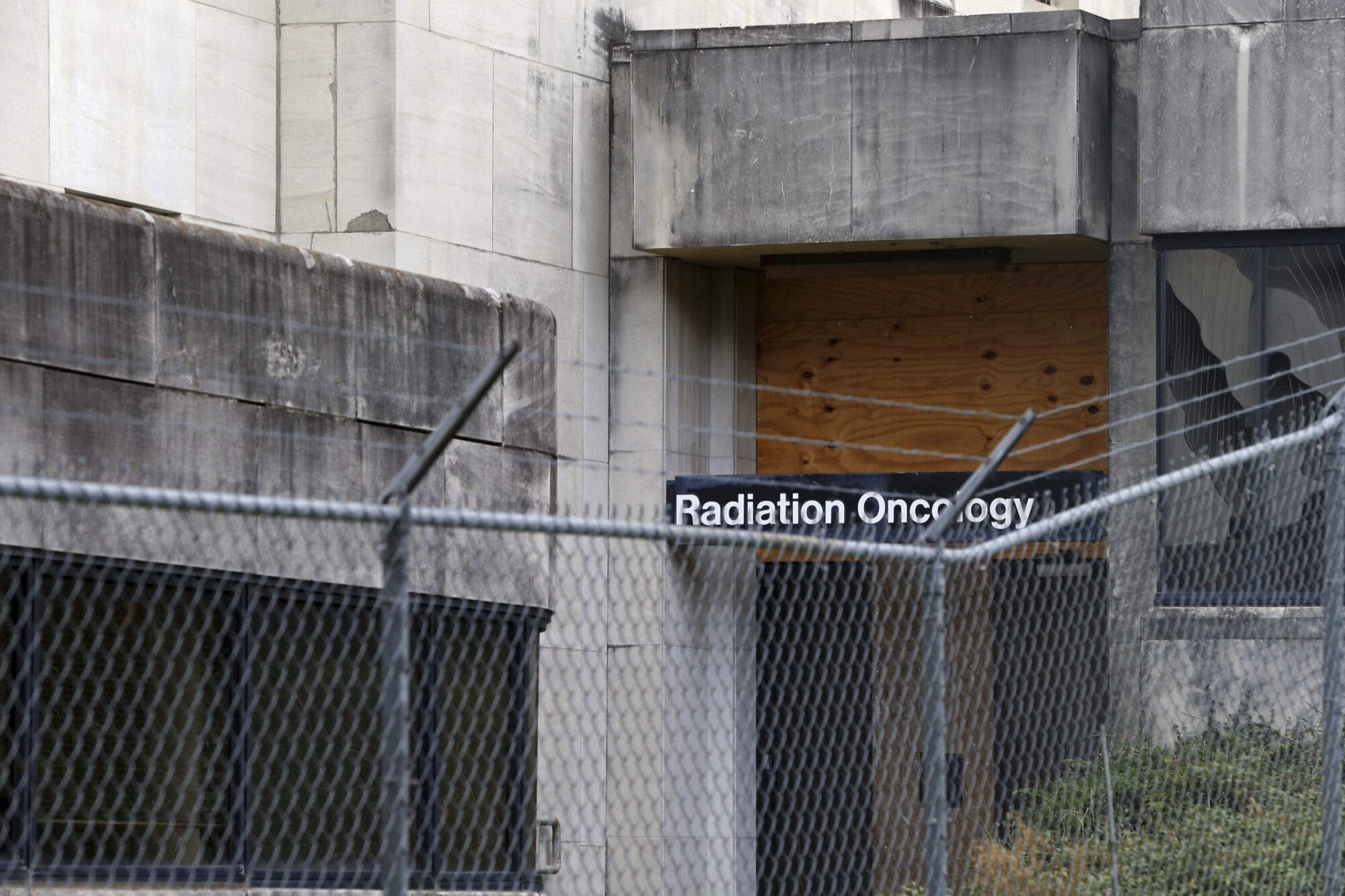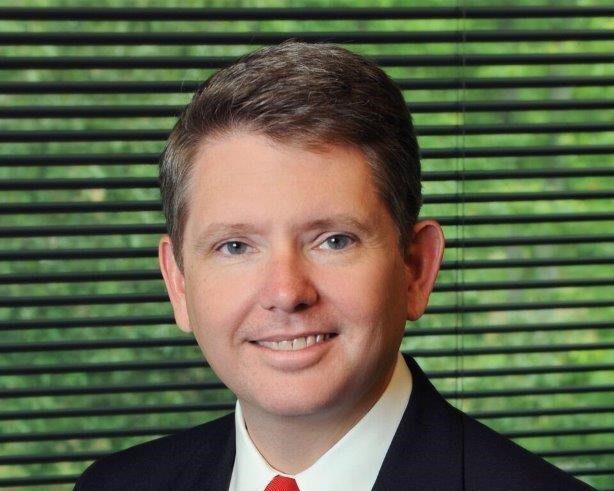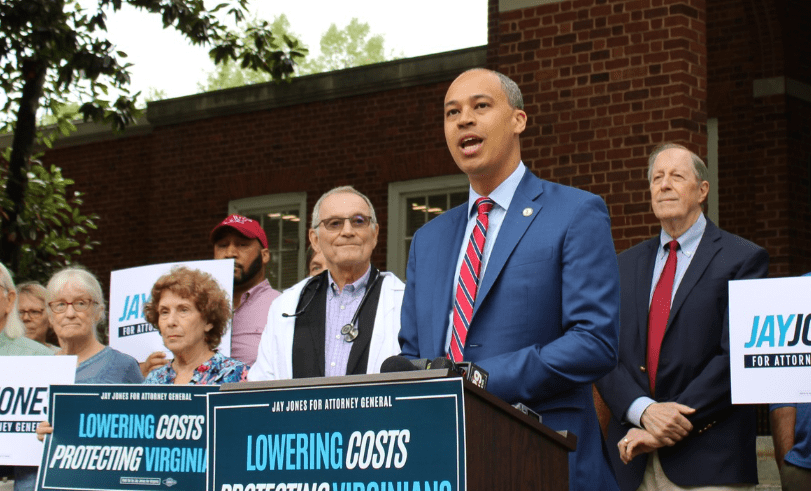
- Rebekah Staples points out that elected officials, business leaders and non-profits have all become keenly focused on improving the state’s labor force participation rate.
Mississippi’s labor force participation rate is the lowest in the nation. The latest available data from the Bureau of Labor Statistics shows this measure sits at 53.8 percent, some 15.5 points below the national leader of Utah at 69.3 percent. Put simply, this rate measures how many folks are either currently working or looking for work as a percent of an area’s working age population.
That we have the lowest rate in the nation isn’t breaking news, given historical trends. What is good news, though, is a renewed focus among state leaders to improve this statistic as part of a broader economic growth strategy.
Governor Tate Reeves acknowledged this challenge in a December interview with the Wall Street Journal. He noted low cost of living and early retirement as contributing factors to a low labor force rate and said the state’s lack of a major metropolitan area doesn’t attract young people.
Part of the Governor’s solution to tackle workforce participation is revitalization of the state’s capital city. Just this week the Governor made good on this commitment, joining Jackson Mayor Chokwe Lumumba, the Jackson Police Department, the state Department of Public Safety, and other public safety partners in announcing a large-scale operation targeting violent crime.
Most folks simply won’t live, move to, or importantly, work in a city where they feel unsafe. Protecting Jacksonians is a critical component of improving public safety and quality of life while also improving public perception. I congratulate the Governor and operational partners for taking this important step – together.
Newly-elected Speaker of the House Jason White said in his acceptance speech that Mississippi needs “a renewed focus on workforce development and have efforts for a more streamlined approach.” He’s also consistently speaking to groups across the state about finding an affordable solution to healthcare coverage for low-income workers, due in large part to his belief that improving health outcomes will also improve the state’s labor force rate. The Speaker’s healthcare focus makes sense as part of the labor equation, given that he grew up in the Mississippi Delta (Holmes County) where health measures are particularly challenging.
At the other end of the third floor Capitol hallway, Lieutenant Governor Delbert Hosemann says raising labor force participation is his number one priority. In a January op-ed, he noted it’s taken years to reach this low level and isn’t accepting this decline: “We do not fear the challenge, but enthusiastically accept the opportunity.”
That’s a mighty strong statement – but commensurate with the problem. I believe the labor force participation rate to be among the biggest long-term challenges facing the Mississippi economy and applaud the Lt. Governor for this worthwhile focus.
I was turned onto the issue of labor force participation during the Great Recession in the late 2000s, which devastated the state’s economy and required leaders to take a closer look at economic trends and drivers of behavior. One such example of these efforts was a project I worked on with the W.E. Upjohn Institute for Employment Research to analyze the state’s labor force rate in the context of both national trends and southern states.
At the time, this report identified the relatively high concentration of Mississippi residents in non-metropolitan areas as the most consistent reason for the lower workforce rate. Other key factors noted were higher incidences of health problems and government transfers and lower educational attainment relative to neighboring states.
The report found that Mississippi’s overall labor force participation rate is not due to specific groups but is rather part of a broader pattern. This is aligned with what both Speaker White (health) and Lt. Governor Hosemann (education) have suggested.
Notably, the report found these factors account for low rates among all groups but “younger persons” (ages 16-24), for which more than half of the workforce gap must be attributed to “cultural, historical, and institutional factors that are difficult to measure and quantify.” This is aligned with what Governor Reeves has suggested.
While interesting conclusions, this is old data that needs updating. Fortunately, the unified focus on labor force participation extends across sectors, including government, private business, and non-profits. Part of my current work includes a research project with Empower Mississippi that aims to do just that: Collect and analyze relevant data points to get a fuller picture of why folks are staying on the sidelines.
One thing I admire about Empower’s approach is their focus on “no foregone conclusions”: simply compile the data, analyze trends, and draw meaningful observations. But the report won’t be based solely on government data. Over the past few months, we have met with lawmakers, statewide elected officials, the Institutions of Higher Learning, state and local workforce agencies, and others to capture qualitative feedback. So far, the comments are universal: this is a problem that needs to be fixed if Mississippi is going to reach her full economic potential.
Historical data since 2000 shows the state’s participation levels peaked in July 2005 (61.9 percent) and hit its lowest mark during COVID (April 2020 at 53.0 percent). Over this time, our rate has declined nearly twice as fast as the national average, falling more than 13 percent while the U.S. saw its rate fall 6.6 percent. This building problem has now become a matter of urgency – and state leaders seem prepared to act.
I would be remiss not to highlight the meaningful workforce policy changes accomplished over the past few years. Legislators like Representative Donnie Bell and Senator David Parker shepherded the creation of a new workforce agency, Accelerate Mississippi, and successfully advocated for increased investments in both training and statewide career coaches, both of which target the state’s labor force rate. These are positive steps in the right direction.
Policy is never divorced from politics, and such unity among leaders is rare. I commend leaders for coming together to focus on this critical – and achievable – goal. After all, as Lt. Governor Hosemann put it, when we help someone get off the sideline and into work, they can provide “for their families, they are personally healthier, and they are more engaged in their communities.”










